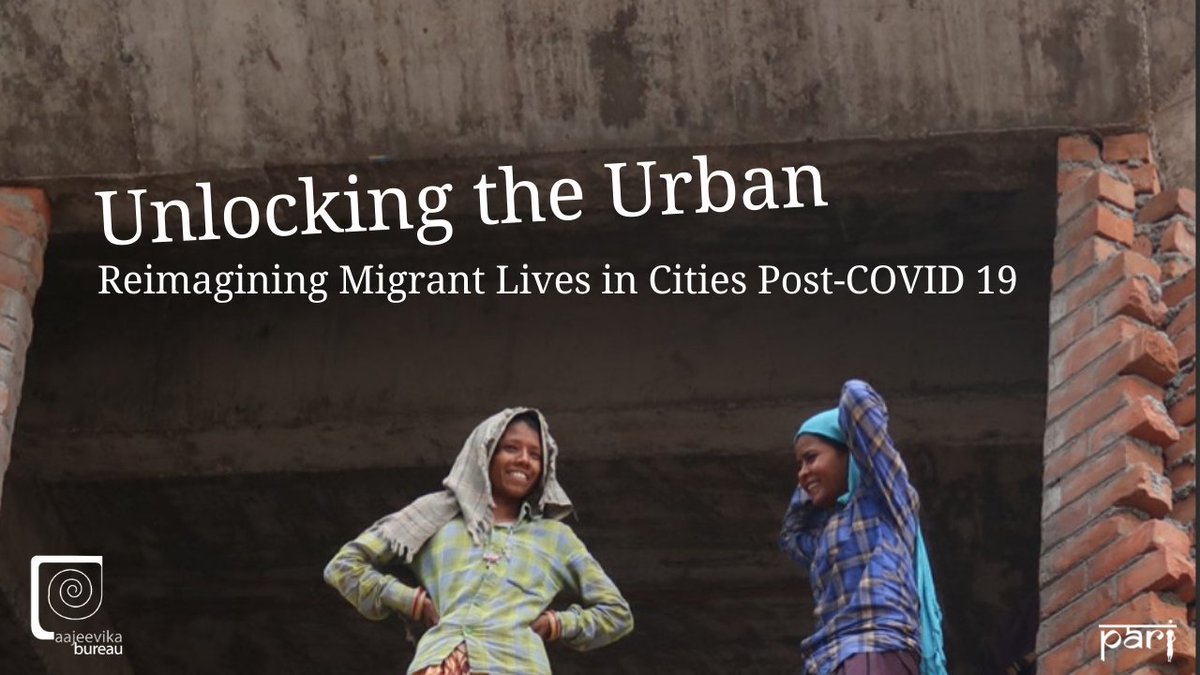
Every day is Rural Women's Day here at PARI. You don't have to take our word for it, just look at our feed. But if a hashtag gets people to read the right message, then, by all means, let's jump on it. A thread of some of our favourite stories on #InternationalDayOfRuralWomen 

1/ Seaweed is an essential algae to a wide array of industries, including the pharma industry. But who goes down into the sea to get it? @MPalani17304893 introduces you to the fisherwomen who spend 7-10 hours in the sea every day to harvest it.
ruralindiaonline.org/en/articles/ta…
ruralindiaonline.org/en/articles/ta…
2/ Just outside Delhi, Shanti Devi changes tyres, fixes punctures, repairs engines – and breaks stereotypes
ruralindiaonline.org/en/articles/a-…
ruralindiaonline.org/en/articles/a-…
3/ 70yo Kamala Pujhari, a tribal agricultural activist has relentlessly worked on seed conservation – an uphill task when many varieties of paddy in her village have vanished. She has also received a Padma Shri for her spirited work.
ruralindiaonline.org/en/articles/pa…
ruralindiaonline.org/en/articles/pa…
4/ “Nobody has ever interviewed me. I will tell everything…”
After a lifetime of dehumanising labour, caste oppression and family tragedy, 90yo Bhateri Devi, is still not bitter, and remains independent and quite cheerful
ruralindiaonline.org/en/articles/ca…
After a lifetime of dehumanising labour, caste oppression and family tragedy, 90yo Bhateri Devi, is still not bitter, and remains independent and quite cheerful
ruralindiaonline.org/en/articles/ca…
5/ Widowed as a teenager and without steady schooling, Basanti Samant rose to become a resilient leader in Kumaon's Kausani village – bringing together women to save the Kosi, conserve forests and counter abuse
ruralindiaonline.org/en/articles/be…
ruralindiaonline.org/en/articles/be…
6/ “Fenk debe, khadaan mein gaad debe [We will throw you, bury you in the sand mine].”
That’s what a mining contractor told a small, brave band of women farmers who were fighting the damage to their lands and the river Ken by a mining mafia.
ruralindiaonline.org/en/articles/fo…
That’s what a mining contractor told a small, brave band of women farmers who were fighting the damage to their lands and the river Ken by a mining mafia.
ruralindiaonline.org/en/articles/fo…
7/ She clocks a 32-hour shift,15 times a month to sell leaves at Dadar Market. Her customers are vendors who sells flowers, kulfi, bhel – who use them as wrappers or bowls. Each bunch of 80 leaves is sold for ₹5 or less. Tough but necessary.
ruralindiaonline.org/en/articles/co…
ruralindiaonline.org/en/articles/co…
8/ Meet the remarkable women who climb mountains and cross deserts. A PARI photo essay on three nomadic pastoralist communities – the Changpa of Ladakh, the Brokpa of Arunachal, and the Fakrani Jats in Kachchh.
ruralindiaonline.org/en/articles/wo…
ruralindiaonline.org/en/articles/wo…
9/ In the Nathjogi nomadic community, no girl had ever passed Class 10. With fierce determination, Jamuna Solanke, from a hamlet in Maharashtra's Buldana district, has broken that barrier. This is her story
ruralindiaonline.org/en/articles/i-…
ruralindiaonline.org/en/articles/i-…
• • •
Missing some Tweet in this thread? You can try to
force a refresh












